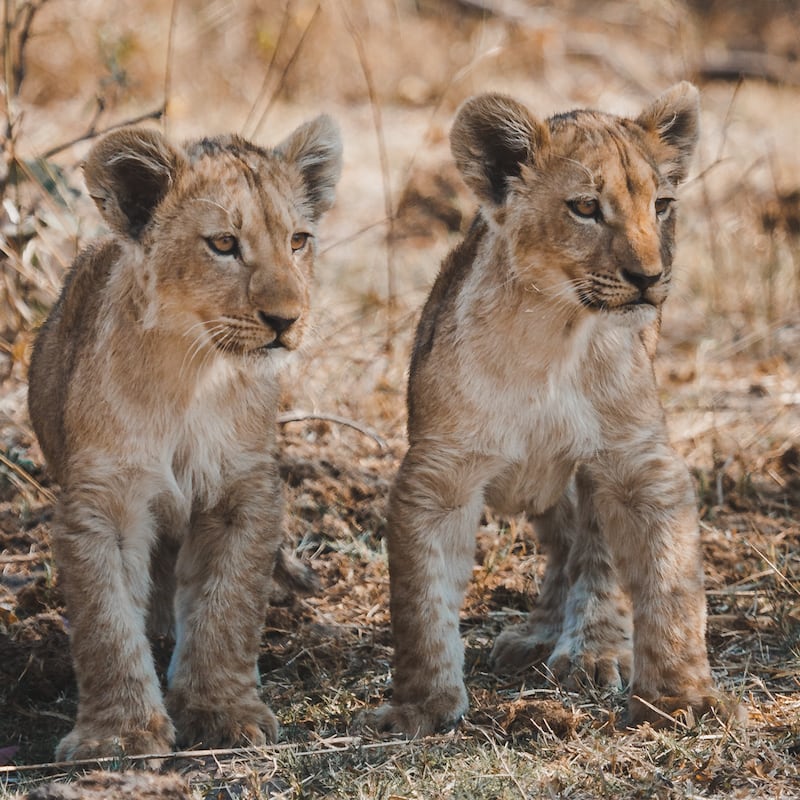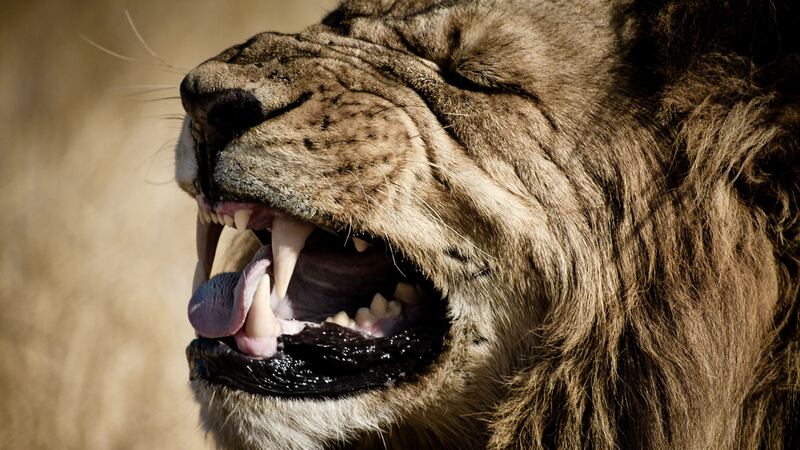Humans are not always to blame for genetic diversity loss in wildlife, scientists say.
They warn that conservationists should be wary of assuming people are behind the loss, suggesting that differences in African lions are more likely to have been caused by ecological factors.
Genetic variation between individual animals ensures the population stays healthy.
Researchers analysed the genetic diversity of 149 African lions in the Kavango–Zambezi Transfrontier Conservation Area (KAZA) in northern Botswana between 2010 and 2013.
Published in Animal Conservation, the study found that while human impacts are the leading cause of genetic diversity loss in many cases, the loss across the population was caused by the lions’ need to adapt to various habitats.

Scientists from the Zoological Society of London’s (ZSL) Institute of Zoology and Imperial College London identified two genetically different populations of lions in the region.
Each had adapted to living in a distinct habitat type, with the so-called wetland lions residing in the wetland habitat in the Okavango Delta, and dryland lions living in the semi-arid habitat of the Kalahari Desert.
Dr Simon Dures, lead author and ZSL researcher, said: “The findings have important applications for wildlife managers across Africa.
“It means translocations of animals, post human-wildlife conflict for example, need to be carefully considered with regards to their genetic predisposition to their new environment.
“The distinct wetland lion populations living in the Okavango are incredibly well adapted to their environment.
“They’re strong swimmers and seem to thrive in water chasing buffalo down for a kill – which is the opposite for other lions in Africa, which would not typically hunt in water.
“Moving these animals into a semi-arid environment could be detrimental to their survival.”
Over time there will be less gene flow from lack of breeding between the populations, if a separate population is created but cut off from its original source group due to ecological or human barriers
While a larger more connected population would generally have greater genetic diversity, small amounts of movement can maintain diversity while preserving adaptations that allow animals to thrive in two different environments.
Scientists say that although the two groups are not different enough to be classified as separate sub-species, their findings suggest a phenomenon called phenotypic plasticity – animals adapting in various ways to suit the environment they are in.
Dr Dures added: “Animals need to be able to move freely in order to maintain a level of genetic diversity that builds resilience to changes in their environment caused by climate change.
“We think this ecologically induced separation of the lions pre-dates western Europeans’ colonisation of southern Africa, so has likely been developing for a long time, way before people came with their fences and hunting.
“Although we didn’t find humans to be the driving force here – it doesn’t mean to say they aren’t having any effect.
“Impacts such as persecution or increased development could lead to exacerbating inbreeding and threatening the future of these specially adapted lions.”








